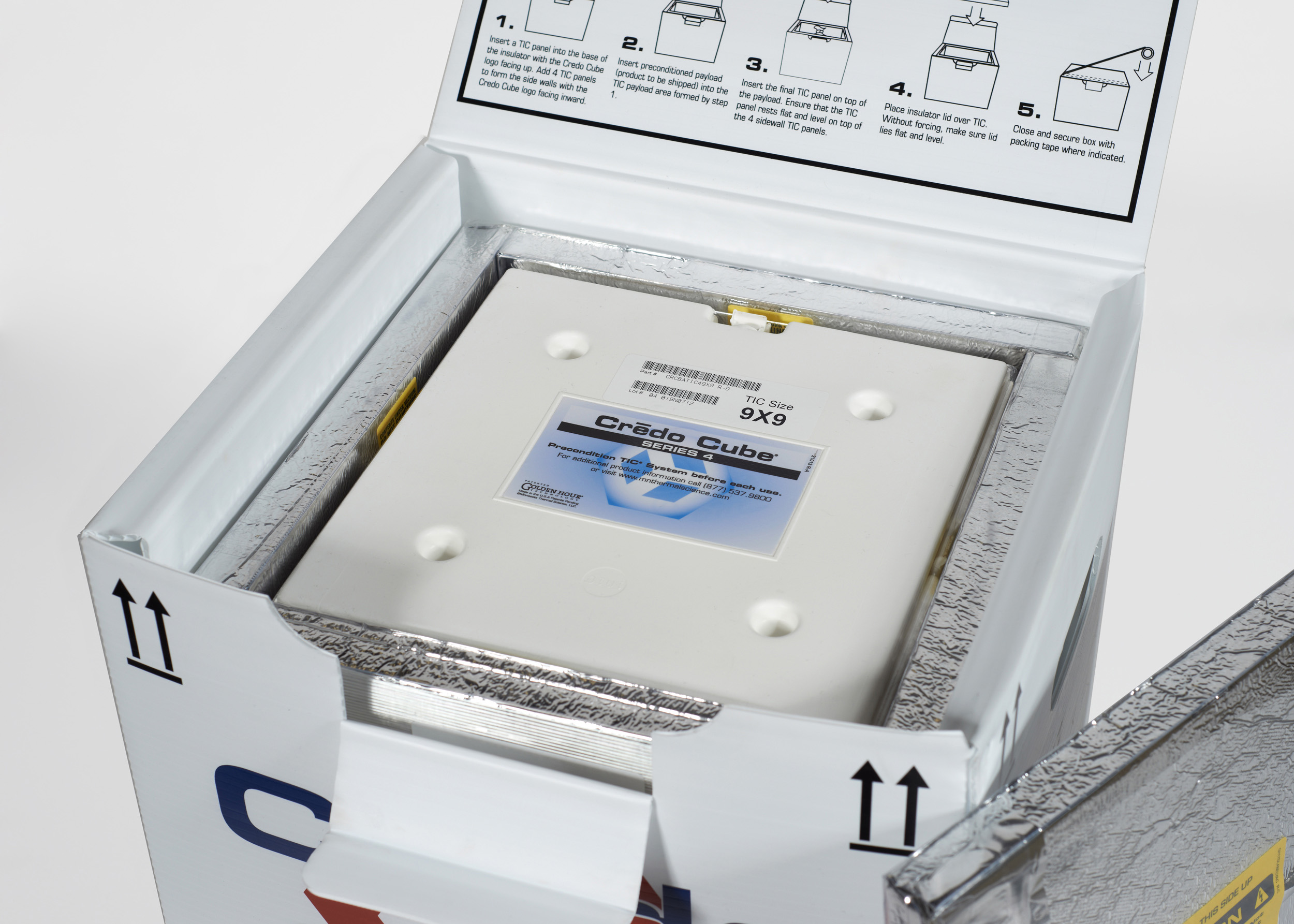To help eliminate temperature excursions in cold chain logistics, there is growing demand for reliable, high-performing packaging products to safeguard sensitive shipments. New technologies and advanced software systems are playing a pivotal role in the emergence of pioneering packaging that protects pharmaceutical payloads worldwide.
As temperature-sensitive pharmaceutical products are increasingly being shipped globally to more remote regions, the challenge the packaging and logistics industry faces is ensuring that evolutionary developments continue to provide sophisticated systems that are equipped to facilitate the worldwide transportation of high value pharma payloads. An impetus for the latest generation of high-performing packaging products is the advancements in drug developments, which includes an increase in more fragile and temperature-sensitive pharmaceutical products.
Various pharmaceutical compounds, utilised within the sector, are developed under certain controlled temperature conditions or designed to be stored at specific temperatures to maintain their stability. It is vital, therefore, when shipping pharmaceutical products between locations, that they remain at their storage condition temperatures to maintain their effectiveness at the point of use. Within the industry, there are certain typical temperature ranges, such as deep-frozen, frozen, refrigerated and room temperature.

The Crēdo Cube is a passive and reusable shipper qualified to hold chilled medical materials at a safe temperature for up to 5 days
With pharmaceutical companies developing ever more complex and temperature-sensitive drugs, there is a greater requirement in the cold chain industry to meet the growing market demand for supply… as well as improved packaging performance and efficiency. There is an enhanced emphasis on providing the global market with increasingly advanced packaging that does more than act as a vessel to transport high value payloads that need to navigate often complex shipping lanes while meeting ever-more stringent regulatory requirements.
The expertise of experienced engineers is a vital component in the latest developments within the packaging industry, with providers deploying increasingly sophisticated systems designed to mitigate supply chain risks and minimise temperature excursions. Any deviations or spikes in temperature, beyond the range specific pharmaceutical products are required to be stored and shipped at, could have a devastatingly detrimental effect on the payload, damaging the container’s contents and impacting the efficacy of the products being transported. As well as the financial repercussions, equating to losses of hundreds of thousands of pounds, any excursions could, more importantly, have catastrophic consequences for the patients/end users who are reliant on the designated drugs being delivered intact, with maximum efficacy. Acknowledgement within the industry of the need to provide adequate payload protection, throughout the supply chain, means there is growing recognition of the critical role advanced packaging plays in response to the stringent regulatory requirements that need to be adhered to.
